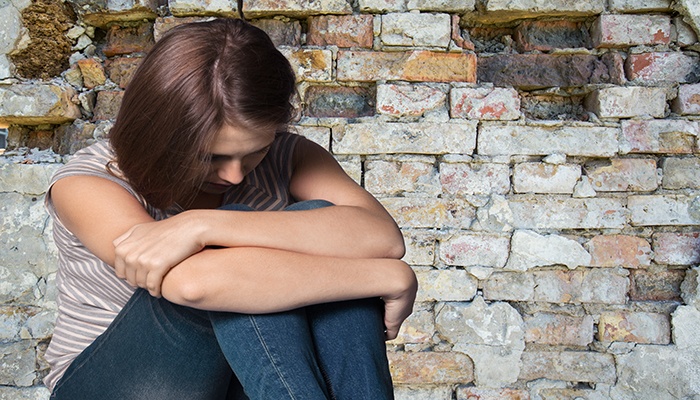Anxiety has become one of the most common mental health issues of our time, affecting people across all ages, backgrounds, and lifestyles. Whether it’s the stress of work, social pressure, financial instability, or past trauma, anxiety often creeps into daily life in subtle yet powerful ways. But what if the cycle of anxiety could stop with us? What if we decided not just to manage it, but to break the patterns that feed it—for ourselves and future generations? “Anxiety Ends With Us” is more than a statement; it’s a call to action, a collective decision to take ownership of our mental well-being and create a culture of calm, resilience, and support.
Understanding the Roots of Anxiety
To end anxiety, we must first understand where it begins. Anxiety is often rooted in fear—fear of failure, rejection, loss, or the unknown. It’s also frequently reinforced by modern life: the constant buzz of notifications, unrealistic societal expectations, and a culture that glorifies busyness and burnout. Childhood experiences, genetics, and unresolved trauma can also play a significant role in shaping how anxiety manifests in adulthood.
While some anxiety is a natural and even necessary response to danger, chronic anxiety is debilitating. It clouds judgment, impacts relationships, and hinders our ability to enjoy life. The first step toward ending it is recognizing that anxiety is not a personal weakness. It’s a response—learned, conditioned, and, most importantly, unlearnable.
The Power of Self-Awareness and Mindfulness
Self-awareness is the cornerstone of healing. When we become mindful of our thoughts and emotional triggers, we gain the power to interrupt the cycle of anxiety. Instead of reacting automatically with worry or fear, we learn to pause, breathe, and respond with intention.
Mindfulness practices such as meditation, journaling, deep breathing, and even simple gratitude exercises have been shown to reduce anxiety significantly. They anchor us in the present moment—the only place where anxiety cannot thrive. These small habits, when practiced consistently, lay the foundation for a calmer, more centered life.
Ending anxiety doesn’t mean we never feel anxious again. It means we develop tools to face it without letting it control us.
Creating a Supportive Environment
Anxiety often thrives in silence. Many people suffer quietly, fearing judgment or misunderstanding. Breaking the cycle means normalizing conversations about mental health and creating spaces where vulnerability is met with compassion—not criticism.
Families, schools, workplaces, and communities all play a role. Parents can model healthy emotional expression and coping mechanisms for their children. Schools can teach emotional intelligence alongside academics. Workplaces can prioritize mental health by reducing toxic stress and encouraging work-life balance. Each action contributes to a culture where anxiety no longer has fertile ground to grow.
We end anxiety by refusing to pass it down—whether biologically, emotionally, or culturally.
Setting Boundaries and Letting Go of Perfection
Much of our anxiety stems from trying to meet impossible standards. We want to be the perfect parent, partner, employee, or friend. We compare ourselves constantly, measuring our worth against curated images of success on social media. But perfection is a moving target—it never brings peace.
By setting boundaries, saying no when needed, and accepting our imperfections, we take our power back. Boundaries protect our mental space, allowing us to function from a place of rest rather than reactivity. They are not barriers to others, but bridges to ourselves.
Ending anxiety means choosing authenticity over approval, rest over hustle, and presence over perfection.
Building Resilience for Future Generations
Perhaps the most powerful way we can end anxiety is by raising resilient future generations. This doesn’t mean shielding children from all stress, but teaching them how to navigate it. When children learn to name their emotions, practice coping skills, and ask for help, they grow into adults who don’t fear their feelings but understand them.
We can break the cycle by healing our own wounds and refusing to repeat harmful patterns. Therapy, support groups, and education are tools that help us grow emotionally—and growth is contagious. When we prioritize mental wellness, we inspire those around us to do the same.
Conclusion: A Legacy of Peace
“Anxiety Ends With Us” is not about instant transformation; it’s about intentional change. It’s about choosing, day by day, to face our fears, practice self-care, and rewrite the script handed to us. It’s about knowing that while anxiety may visit, it doesn’t have to stay—and it certainly doesn’t have to define us.
By healing ourselves, we create a ripple effect. We show others that it’s okay to seek help, to slow down, to be human. And in doing so, we don’t just manage anxiety—we end its reign. The future is not written yet. Let’s make it one where peace is the legacy we leave behind. Anxiety ends with us—starting now.







